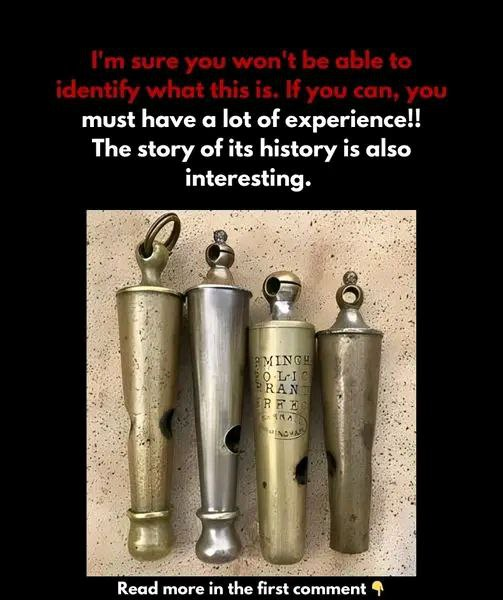
The article highlights the enduring importance of the police whistle, an iconic tool in law enforcement. It traces its history from the 19th century, when the Metropolitan Police in London introduced whistles for communication, replacing hand signals and wooden rattles. The police whistle became a crucial instrument for crowd control, signaling for backup, traffic management, and even de-escalating potential crimes.
Modern whistles incorporate durable materials, amplified tones, and multiple sound options, but the basic design has remained largely unchanged due to its reliability. Despite the rise of digital technologies, the whistle remains essential because it works without batteries or signals, providing instant communication in emergencies and crowded situations.
Symbolically, the whistle represents authority and order, reinforcing its role in law enforcement culture. Its practicality and resilience in emergencies, where technology might fail, further cement its relevance in today’s police work. The police whistle’s simplicity and effectiveness ensure it remains a timeless tool, balancing tradition and modernity.